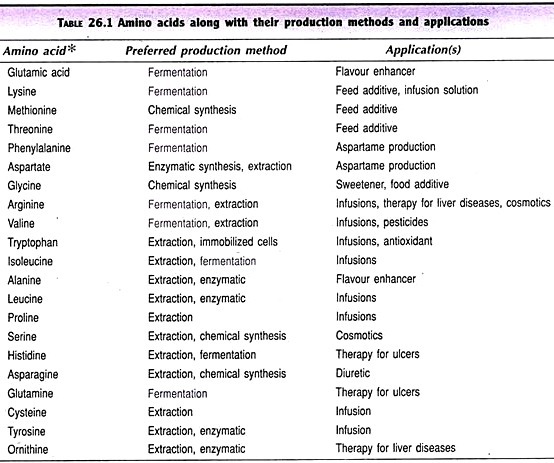ADVERTISEMENTS:
Read this article to learn about 8 Measures to Control Water Pollution !
There are several measures by which the water quality in a system can be controlled (Thomann and Mueller, 1987).
Some of these are:
ADVERTISEMENTS:
1. Reducing the effluent concentration of the waste input by:
(a) Wastewater treatment
(b) Industrial in-plant process control
(c) Eliminating effluent constituents by pretreatment prior to discharge to sewer systems or by different product manufacturing for an industry.
ADVERTISEMENTS:
2. Reducing the upstream concentration by upstream point and non – point source controls.
3. Reducing the effluent volume by:
(a) Reduction of direct industrial discharge volumes into the municipal sewer system.
(b) Reduction in infiltration into municipal sewer systems.
(c) Reduction of waste volumes through process modifications in industries.
4.Increasing the upstream flow by low flow augmentation, i.e., releases from upstream reservoir storage or from diversion from nearby water bodies.
5. Increase the Environmental, In-Stream Degradation Rate of the Substance:
This can be accomplished by a redesign of the chemical to result in a more rapid breakdown of the chemical by the natural heterotrophic bacteria in the stream. For example, redesign of synthetic detergents to reduce foaming and downstream transport through increased biodegradation rate. In manufacturing of potentially toxic chemicals also an attempt may be made to increase biodegradation rates so that a chemical build-up does not occur.
6. Environmental Controls:
ADVERTISEMENTS:
The three broad categories, for control of pathogenic bacteria, viruses and parasites are – control at the input source of the micro-organism, control at the area of water use, and control of the product that is affected by contamination. Municipal wastes causing point pollution are the usual principal inputs of communicable disease organisms. Such inputs can be reduced by treatment of wastes without disinfection and disinfection by chlorination, ozonation, chlorine dioxide and ultraviolet radiation.
Controls of the area of water use would include bathing restrictions on a transient basis, construction of dikes and diversion structures to protect a given area. Controls of the product would include chlorination or other methods of disinfection of water used for drinking water supply, treatment plants for contaminated shellfish to allow depuration of bacteria prior to marketing, and distribution of high-quality bottled water during emergency.
7. Harversting of Biomass:
Water hyacinth (Eichhornia crassipes) and other aquatic weeds are used to upgrade wastewater treatment lagoons and treat chemical wastewaters. The water hyacinth has been used for purifying not only domestic wastewater but also industrial wastewater. It can readily absorb, accumulate and concentrate heavy metals such as lead, cadmium, mercury and nickel. Other studies have evaluated the potential of water hyacinth to absorb various organic chemicals like phenols and toxaphene. Water hyacinth can remove even radioactive metals from effluents, which is very difficult otherwise.
ADVERTISEMENTS:
As the metals are extracted from the effluents, it causes considerable cleaning of the effluent. The pH of effluent after treatment has been found to be between 6.8 and 7.8, which is an ideal range for freshwater. Further, it does not allow the algal bloom to develop and the BOD and COD are lowered to the level at which the effluent can be allowed to mix with freshwater without causing any bad effect.
The controlled use of water hyacinth in conjunction with waste stabilization ponds not only increases the BOD removal capacity of these systems, but also reduces the high total suspended solids normally associated with sewage lagoons (Table 6.7). The harvested plant material is also a potential source of high quality protein, energy (biogas), fertilizer and other products.
8. Wastewater reclamation:
ADVERTISEMENTS:
The sewage treatment yields irrigation water that contains a number of essential nutrients like nitrogen, phosphorus and potassium to make it a fertilizer. In west Bengal, the practice of irrigating fish ponds with sewage for raising fish is common. Another interesting aspect is the reuse or reclamation of sewage effluents for industrial purposes. This holds good for coping with ever increasing demand for water by industrial establishments in big cities. A few industries in Mumbai have already taken steps in this direction and the treated sewage is used for air-conditioning and other purposes.

